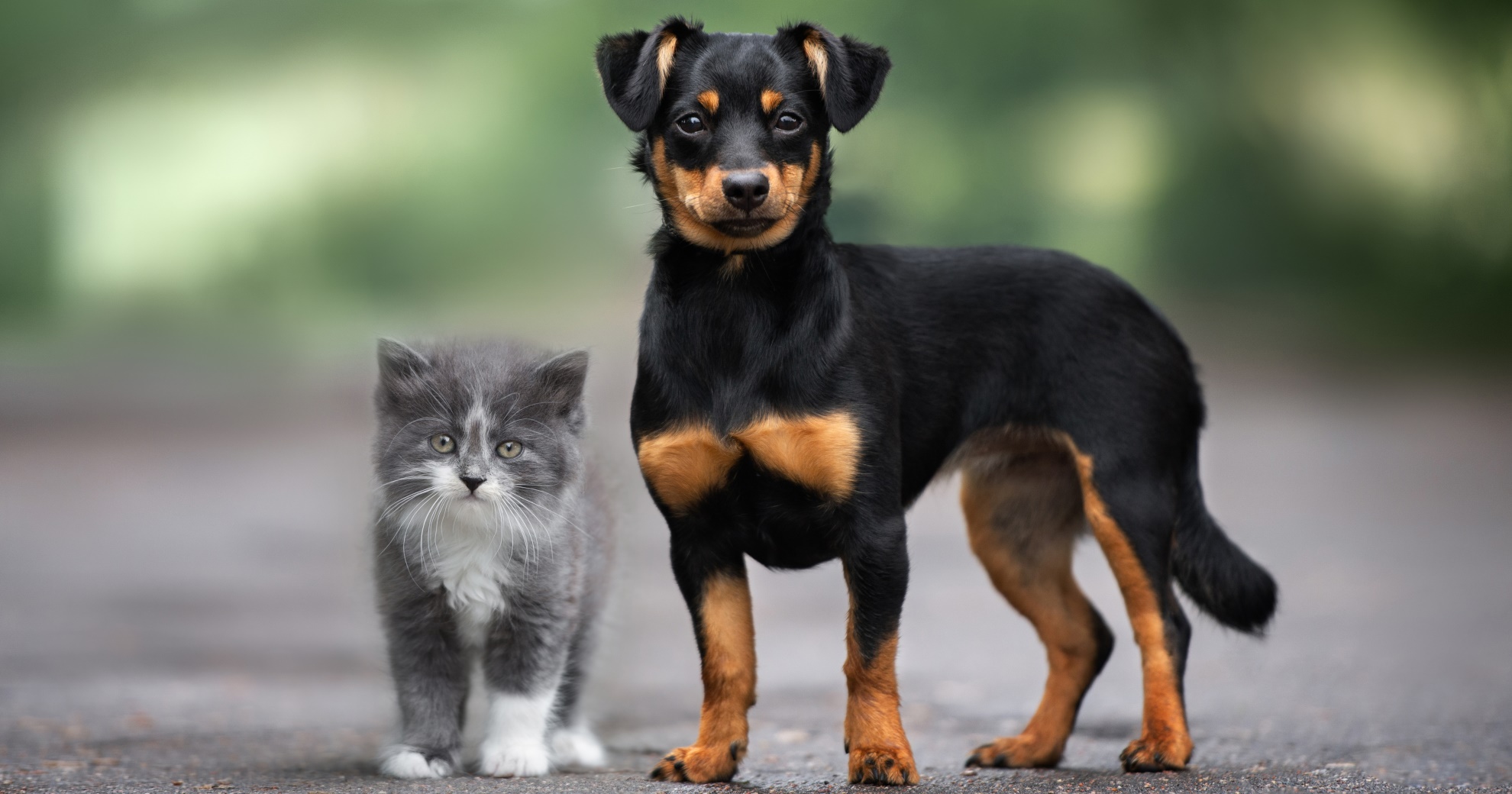
VOTING BOOTH

TRENDING

LIONS FOUNDATION OF CANADA DOG GUIDES
Lions Foundation of Canada Dog Guides and its founding program, Canine Vision Canada, was established in 1983. It’s the largest school of its kind in Canada with its training school in Oakville and breeding facility in Breslau.
Creating A Pet Disaster Plan: A Guide For Pet Owners

Your furry companions are part of the family through good times and bad.
As much as our lives are full of opportunity to enjoy the wonders and delights that nature and the modern world afford, regularity and stability are sometimes taken for granted. Disasters of every kind have occurred throughout history and these times are no different. When our turn comes, it’s crucial to have a well-thought-out plan that includes our pets’ safety and well-being. This guide provides essential steps to prepare you for emergencies and protect your beloved animals.
1. Identification and Records
Why is this important?
Proper identification ensures that lost pets can be reunited with their owners. Records help in providing necessary medical care during emergencies.
What to do:
– Microchips and Tags: Ensure your pets have microchips with up-to-date contact information. Attach visible ID tags to their collars.
– Medical Records: Keep records of vaccinations, medical history, and any special needs your pets may have.
2. Emergency Kit
Why do you need this?
An emergency kit ensures that you have everything your pets need during evacuation or sheltering in place.
What to include:
– Food and Water: Pack at least a week’s supply of pet food and fresh water.
– Medications: Include any necessary medications your pets take.
– Essentials: Leashes, collars, harnesses, blankets, and towels.
– Carriers or Crates: Have a safe way to transport your pets.
– Litter and Litter Box: For cats.
– Comfort Items: Familiar toys or blankets.
3. Safe Haven
Why is this crucial?
Having a safe place for your pets during emergencies ensures their well-being.
What to consider:
– Pet-Friendly Shelters: Research local shelters or hotels that allow pets.
– Evacuation Routes: Know the best routes to reach safe locations with your pets.
4. Transportation
Why is this important?
Proper transportation ensures your pets’ safety during evacuation.
How to prepare:
– Practice Rides: Get your pets comfortable with car rides.
– Carriers or Crates: Have them ready for quick evacuation.
5. Communication
Why does this matter?
Staying informed and connected is essential during emergencies.
What to do:
– Emergency Contacts: Keep a list of veterinarians, animal control, and local authorities.
– Social Media and Apps: Use these platforms to receive updates and share information.
Last word
Although there are many other steps you could take, by following this pet disaster plan, you’ll be well-prepared to protect your pets during emergencies. Remember, your furry friends rely on you, so take proactive steps to ensure their safety and well-being.
Related Article
The Importance Of Pet Hydration Read Now








